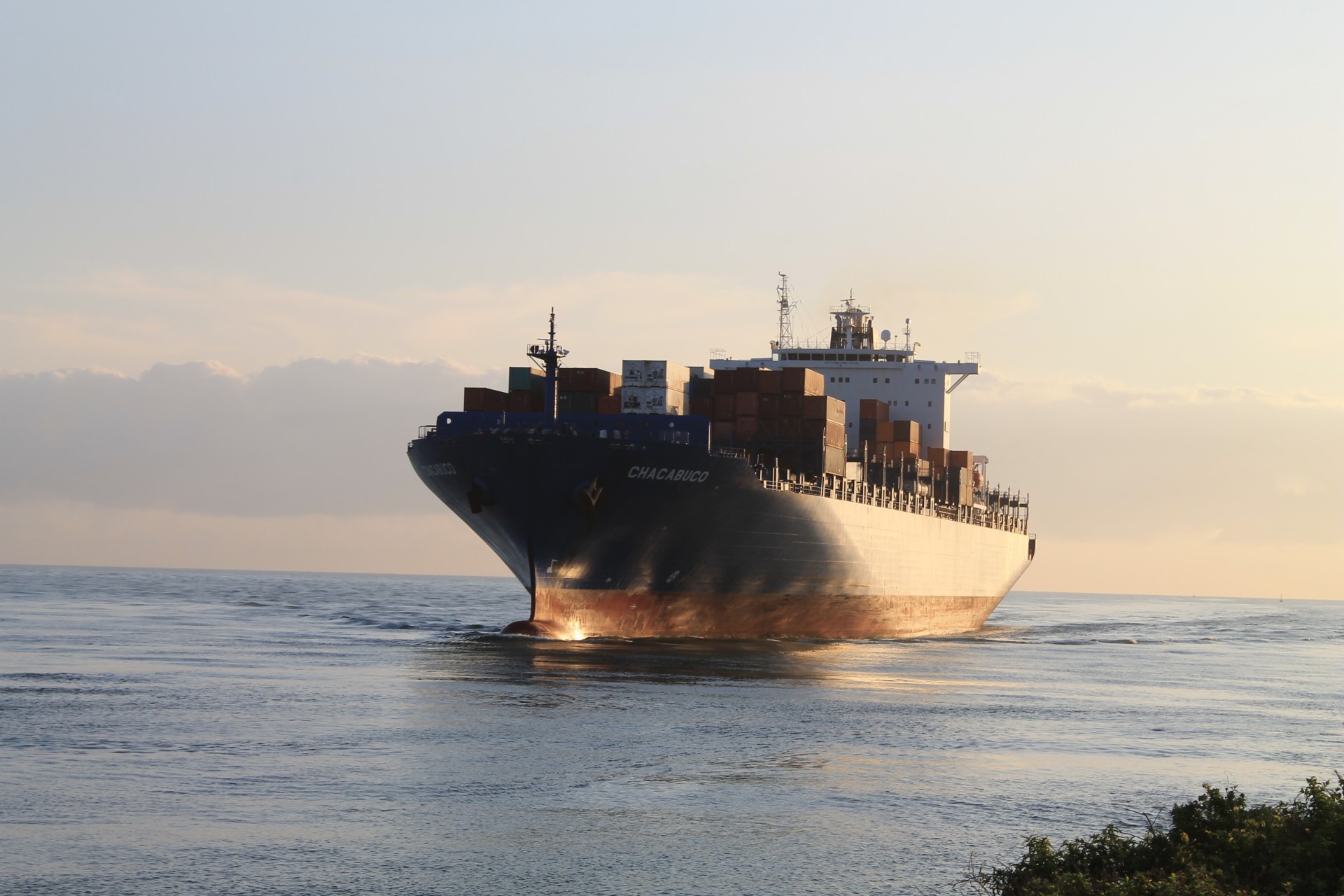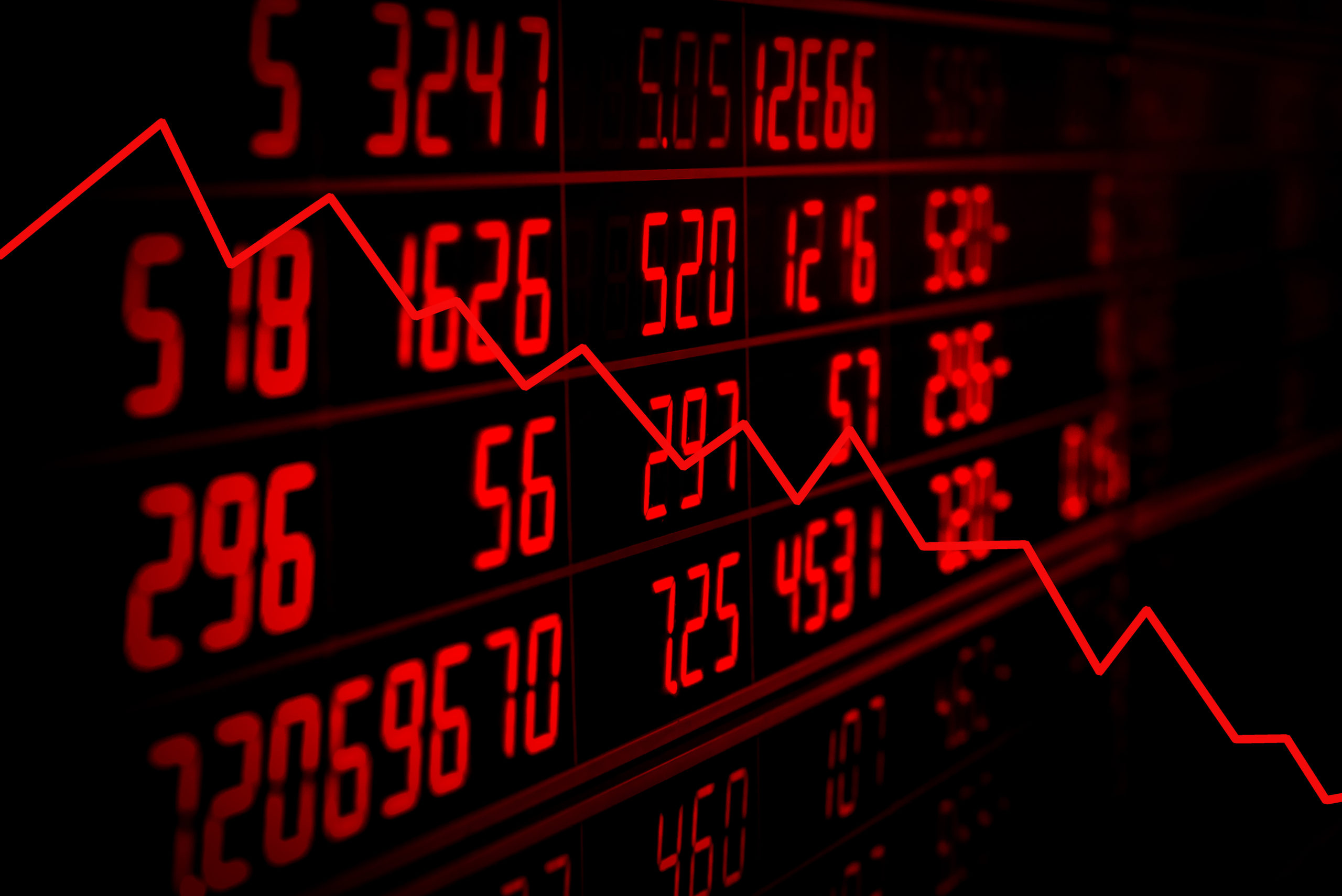The most recent average price of gas is $4.52 per gallon. Although this is lower than in some parts of recent months, it’s still an extortionate price for gas — leaving most of us feeling the burden in a country that’s very much reliant on their cars.
There are many theories and claims swirling about just why gas prices are so high, but many of them are incorrect.
Here’s why they’re so high at the moment, as well as what needs to happen to bring those fuel prices down.
What Affects the Price of Gas?
To understand why current gas prices are so high, even for those of us making good salaries, we need to know what affects the price.
There are four main factors that dictate how much you pay for your gas:
- Global crude oil cost (61%)
- Refining costs (14%)
- Distribution and marketing (11%)
- Federal and state taxes (4%)
As well as this, you need to take into account factors in your local area. The brand of gas may impact the price as well as where the station is located and what competition it is around it. A gas station which is the only place for miles in the middle of nowhere, for example, may be able to charge higher prices because people have to pay it.
There’s also a difference between states, since state taxes are a factor.
Crude oil is the biggest factor in determining the price of gas. It’s impacted by factors at a global scale, which brings it completely out of even one country’s control.
People tend to look at the leadership of their own country for help with gas prices but as federal and state taxes only make up 4% of the difference, it’s not likely that the leadership of any one country can significantly lower the prices.
Why Is Gas So High Right Now?
During the COVID-19 pandemic, people were using less gas and therefore demand for oil was lower. The output of oil from major companies slowed down and now, the pandemic has lessened and people are using their cars again. However, oil production is taking a while to restart which means there’s higher demand and higher prices.
Russia has the world’s largest gas reserve and is the world’s second-biggest producer of it (behind the United States). After the invasion of Ukraine, western countries have imposed many sanctions — including the United States — and oil companies stopped importing from Russia.
That leaves 10% of previously available gas off the market.
This has hit some states even harder because there aren’t many refineries there, like in California.
Is There a Leadership Aspect?
Gas is high in every western country right now, so the leadership influence is pretty minimal on the price of gas. However, there is a little bit of a factor to consider.
President Biden has been extremely outspoken about moving away from reliance on gas in an effort to encourage the purchase of electric vehicles. In fact, by 2030, the current leadership is hoping that half of all car sales will be electric vehicles.
That’s not all that’s causing controversy though — for example, cryptocurrency, a relatively new concept, is being accused of using too much of the planet’s energy. But it’s what the current leadership is focusing on.
Biden isn’t the only one pushing less reliance on gas. Many major companies are moving away from it, which means less investment in it — therefore driving the prices up. Western countries all have similar views as they try to push towards being more eco-friendly.
However, the leadership aspect is pretty minimal in comparison to the price of crude oil around the world, which is what’s truly pushing the gas prices up. Biden’s push towards more climate-friendly practices is only a small part of why we’re seeing such high gas prices.
When Will Current Fuel Prices Dip?
What most people want to know is when current fuel prices will drop back down to a level that is more affordable. Salaries are not increasing as fast as the price of gas, leaving many people unable to afford their transport.
Gas prices have already started falling, which is good news for those concerned about the price. The downward trend is promising and, if it continues, gas prices should hit a more reasonable level at some point — though it’s difficult to say exactly when that will be.
The weather is also a big factor. The east coast and Gulf coast have many refineries along them and hurricane season threatens them. If there are major storms that threaten or even damage the refineries, it could stall gas prices or cause them to creep up again.
Lastly, demand is a big consideration. Demand is high after the pandemic and if it gets any higher, the price could begin to creep up again.
If all of these things work in the economy’s favor, then the price of gas will continue to trend downward — but it’s at a pretty slow rate. It’s impossible to predict when gas prices will be more affordable, so we just need to hope that the slope keeps heading in the right direction and external factors don’t cause any more problems.
Gas Prices Are High Due to Many Factors — But Mainly Crude Oil
There are many factors that have pushed gas prices to an unaffordable rate, but the price of crude oil is the main one. Along with this, refineries, federal and state taxes, and marketing and distribution are also pushing the prices up.
Demand for gas after COVID-19 is high, but we’re finally seeing the prices trend downward. Hopefully, that continues, although there are factors that may slow down the process.
Are you looking for more interesting articles, particularly for software developers? Check out the rest of our site for helpful information and advice.
One Comment
Comments are closed.











[…] Energy prices have skyrocketed since the war in Ukraine began, and its effects were felt worldwide. Russia is one of the largest exporters of fossil fuels, which still make up the majority of the world’s energy supplies. This includes energy for electricity, heating, cooling, and transportation. […]